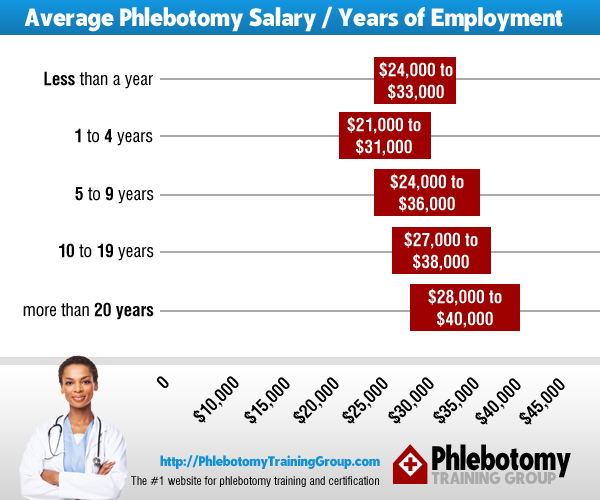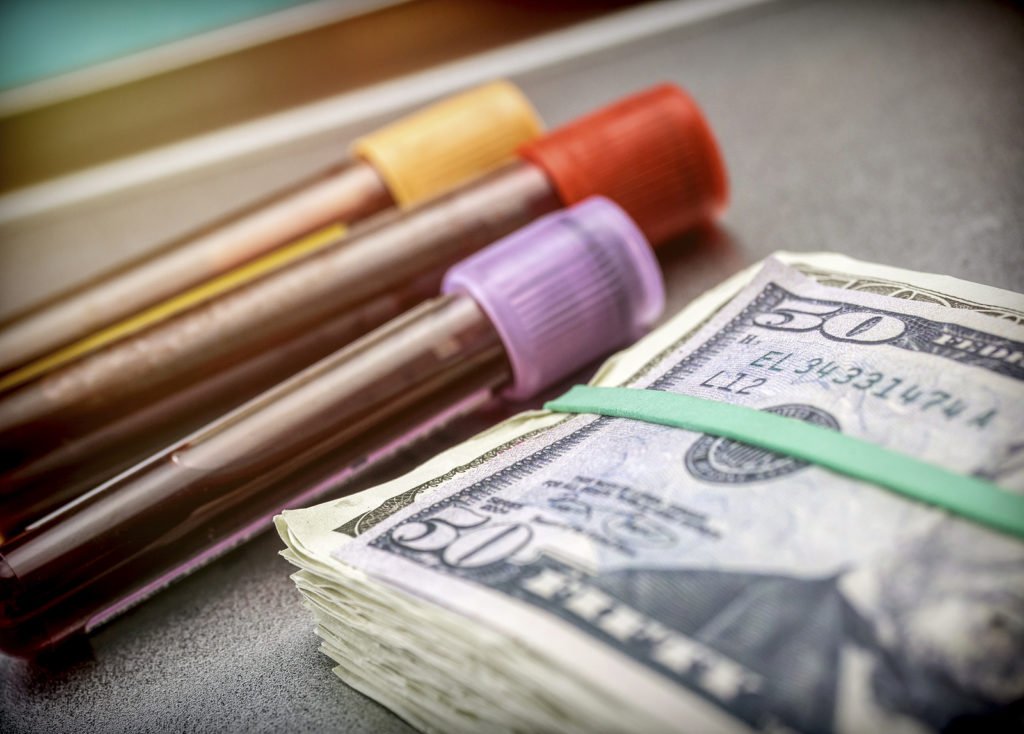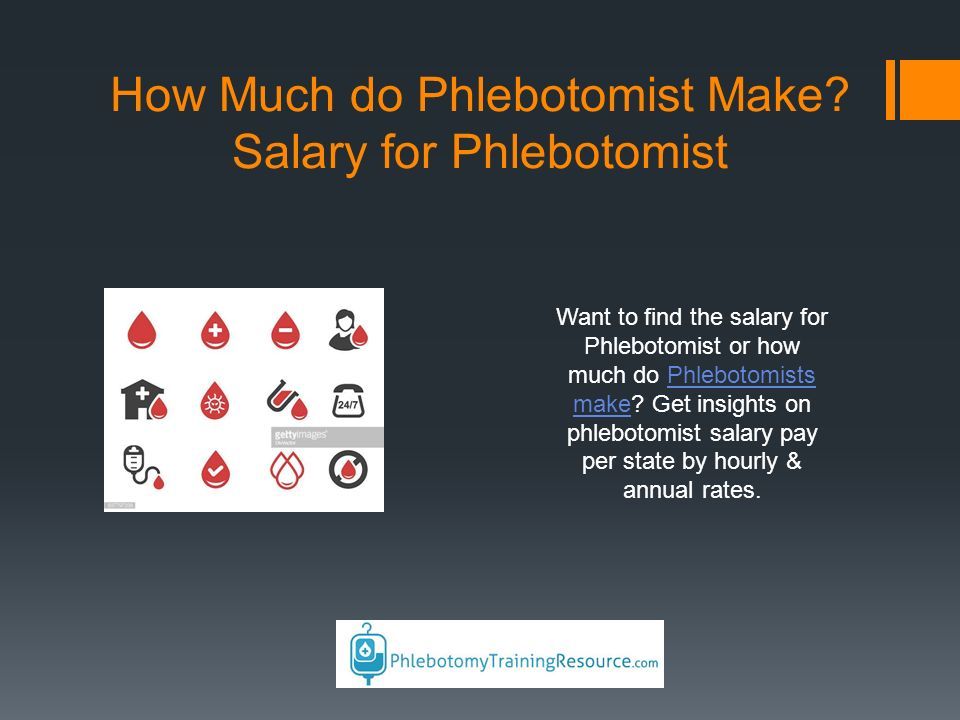How Much Do You Make As A Phlebotomist

The field of phlebotomy, vital to modern healthcare, often attracts individuals seeking stable employment with relatively short training periods. But what exactly can a phlebotomist expect to earn in this crucial role? Understanding phlebotomist salaries requires a closer look at factors like location, experience, and certification.
This article delves into the salary landscape for phlebotomists, providing data-backed insights and expert perspectives to paint a realistic picture of potential earnings. This information is vital for anyone considering entering the field or for current phlebotomists looking to understand their earning potential.
National Averages and Regional Variations
According to the U.S. Bureau of Labor Statistics (BLS), the median annual wage for phlebotomists was $37,380 in May 2023. This translates to an hourly wage of approximately $17.97. However, this figure represents a national average, and actual salaries can vary significantly depending on geographic location.
States with higher costs of living, such as California, Massachusetts, and New York, generally offer higher wages for phlebotomists. Conversely, states with lower costs of living, like Mississippi and Arkansas, may have lower average salaries. Examining specific metropolitan areas provides even greater clarity.
For instance, phlebotomists in major metropolitan areas within California can earn significantly more than the national average, reflecting the state's high demand and cost of living. Analyzing local job postings and consulting salary survey websites like Salary.com and Glassdoor offers valuable insights into regional salary trends.
Experience and Certification Matter
Entry-level phlebotomists typically start at the lower end of the salary range, gradually increasing their earning potential with experience. As they gain proficiency and demonstrate reliability, their value to employers increases.
Certification plays a significant role in determining salary levels. While not always mandatory, holding a nationally recognized certification, such as those offered by the American Society for Clinical Pathology (ASCP) or the National Healthcareer Association (NHA), can enhance job prospects and command higher pay.
Employers often prefer certified phlebotomists, as certification demonstrates competence and adherence to industry standards. Investing in certification can be a worthwhile step for phlebotomists seeking to advance their careers and increase their earning potential.
Work Setting and Employer Type
The type of healthcare facility where a phlebotomist works also influences their salary. Phlebotomists working in hospitals or diagnostic laboratories may earn more than those employed in physician's offices or blood donation centers.
Hospitals, with their complex operations and higher patient volumes, often offer competitive salaries and benefits packages to attract qualified phlebotomists. Furthermore, large healthcare organizations may provide opportunities for advancement and specialization, leading to higher earning potential.
Government-run facilities or large private healthcare networks may also offer more stable employment and better benefits compared to smaller, privately owned clinics. Understanding the different work settings and employer types can help phlebotomists make informed decisions about their career paths.
A Phlebotomist's Perspective
We spoke with Maria Rodriguez, a certified phlebotomist with five years of experience working in a large metropolitan hospital, "When I first started, the salary was decent, but as I gained experience and got certified, my earning potential increased significantly."
She continued, "Location is also a big factor. My friends working in more rural areas don't make as much. It's all about supply and demand, and the cost of living."
Maria's experience highlights the importance of continuous professional development and strategic career planning for phlebotomists. She emphasized that "Networking and staying up-to-date with the latest techniques are also crucial."
Future Outlook and Earning Potential
The BLS projects a 8% growth in employment for phlebotomists from 2022 to 2032, which is faster than the average for all occupations. This positive outlook indicates a continued demand for skilled phlebotomists in the coming years.
As the healthcare industry continues to expand, the need for qualified professionals to collect blood samples for testing and analysis will remain strong. This growth, coupled with factors like experience and certification, suggests a promising future for phlebotomists seeking to increase their earning potential.
Individuals entering the field can expect to find ample job opportunities, while experienced phlebotomists can look forward to continued salary growth and career advancement prospects. Continuous education and specialized training can further enhance their value in the job market.


















